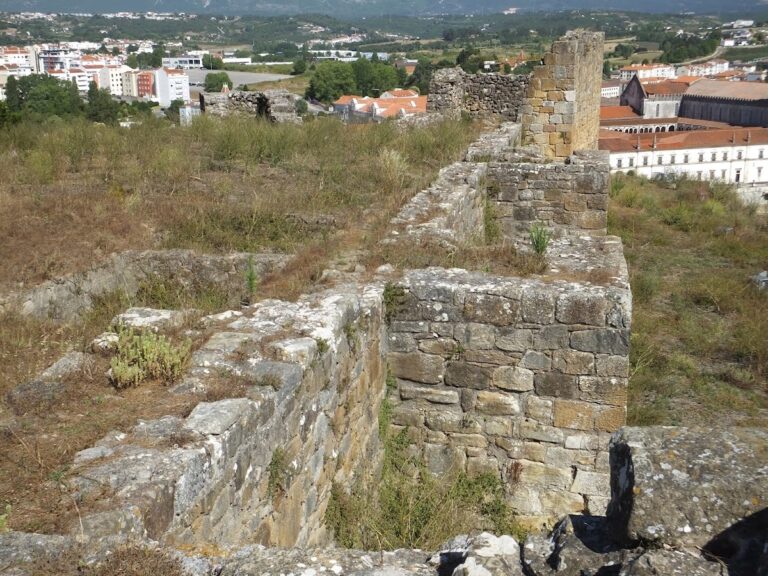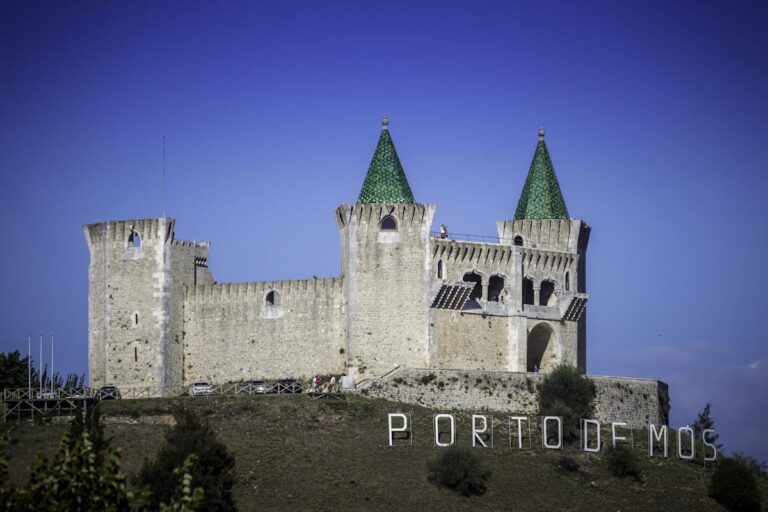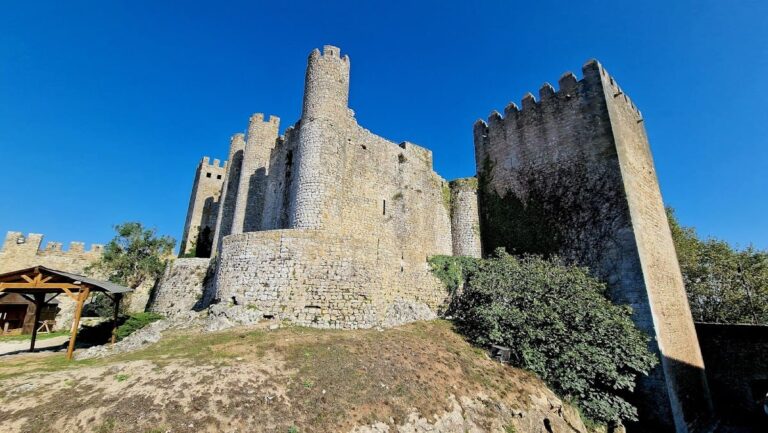Castle of Alcanede: A Historic Fortress in Portugal
Visitor Information
Google Rating: 4.2
Popularity: Low
Google Maps: View on Google Maps
Country: Portugal
Civilization: Unclassified
Remains: Military
History
The Castle of Alcanede is situated in the municipality of Alcanede, Portugal. Its origins trace back to an ancient castro, a fortified settlement style typical of the Iberian Peninsula before Roman conquest. The Romans took control of the site in 49 B.C., establishing their presence in the region. Following the Roman period, the area saw occupations by successive groups, including the Alans, a nomadic tribe, and later the Moors, reflecting the shifting powers during the early medieval period.
In 1091, during the Christian Reconquista, forces loyal to Count D. Henrique captured the castle from the Moors. The 12th century brought renewed focus under King D. Afonso Henriques, Portugal’s first king, who reconquered the fortress and granted a foral, or charter, to encourage local settlement and development. Around 1163, Gonçalo Mendes de Sousa became the first known alcalde (castle commander) of Alcanede and undertook rebuilding efforts at his own expense, reinforcing the castle’s defensive role.
The castle’s ownership transferred in 1187 when King D. Sancho I donated it to the Order of the Knights Templar, a religious military order active throughout medieval Portugal. This gift was confirmed by King D. Dinis in 1300. Shortly after, in 1318, control passed to the Order of Aviz, another military order that played a significant role in Portuguese history. It was during this period that the principal defensive keep, featuring merlons—crenellated battlements—was constructed, enhancing the castle’s fortifications.
Throughout the late 14th century, King D. Ferdinand granted the local men of Alcanede exemption from contributing labor to the construction of Santarém’s castle, on the condition they maintained their own fortifications. During the 1383-1385 crisis, a civil war over the Portuguese throne, the castle’s defenders supported the Master of Aviz. The castle’s alcalde at the time, Álvaro Vasques, died fighting in this conflict, underscoring the fortress’s involvement in national struggles.
The early 16th century marked another chapter with King D. Manuel issuing an updated foral in 1514. This period saw partial repairs funded at the castle and the adjoining parish church, reflecting a time of local prosperity. However, the castle’s military significance ended abruptly following a strong earthquake in 1531, which destroyed the structure and led to its abandonment. In the centuries that followed, the fortress fell into ruin and was largely forgotten until rediscovered in the 20th century.
Restoration efforts began in 1941 under the oversight of DGEMN, the General Directorate for National Buildings and Monuments. These works continued through the 1940s and 1950s, rebuilding the curtain walls, towers, and internal areas. The castle was officially classified as a Property of Public Interest in 1943. From 1992 onward, regional cultural authorities assumed its management, ensuring preservation and ongoing study of this historic site.
Remains
The Castle of Alcanede occupies a solitary hilltop surrounded by dense vegetation, shaped in an oval plan that encloses its main defensive structures. The layout includes a central courtyard known as the praça de armas or troop square, framed by curtain walls that once formed a protective enclosure. These walls, rebuilt during 20th-century restoration, rise toward the east, with a large tower reinforcing the line opposite the main keep.
The keep tower stands as the most prominent feature, dating from the early 14th century under the Order of Aviz. Constructed of stone with defensive merlons crowning its battlements, it was designed as a last refuge and observation point. Inside, vaulted ceilings evidence medieval building techniques, while a stone staircase was introduced during modern restorations to facilitate access. Despite centuries of ruin, the tower retains much of its medieval character, though certain elements were reconstructed to ensure structural stability.
Reconstruction carried out between 1941 and 1949 focused on restoring the curtain walls, reinforcing towers, and recovering the castle’s internal spaces, including the barbican—a fortified outwork protecting the main gate. Additional repairs to the parapets took place in 1954 and 1973 to consolidate these defensive features. The collective restoration efforts preserved substantial parts of the original medieval fabric, allowing the castle’s silhouette and spatial organization to be appreciated today.
Though the castle now stands partially in ruin, careful restoration has preserved key aspects of its medieval fortifications. Its strategic hilltop setting and surrounding natural cover remain visible, while rebuilt walls and towers provide insight into its construction phases and defensive capabilities. Registered in Portugal’s SIPA architectural heritage database, the Castle of Alcanede retains an important place in understanding the region’s layered history of settlement and defense.









